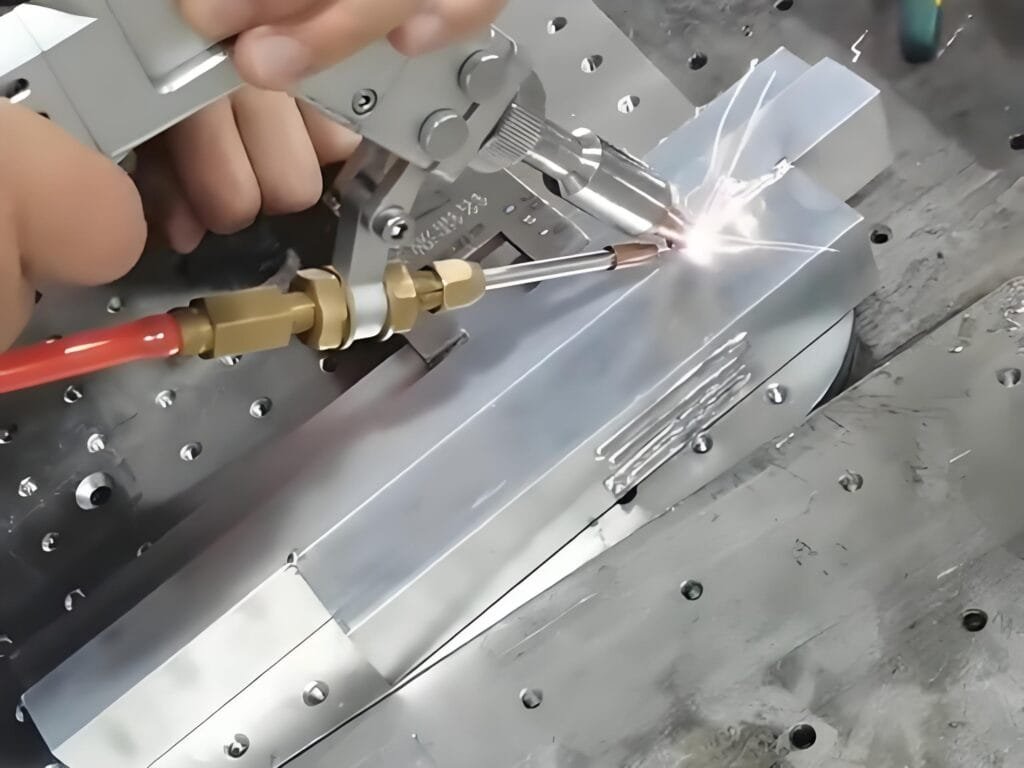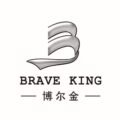
Aluminum is a widely used material across various industries, prized for its lightweight, corrosion resistance, and excellent thermal conductivity. However, welding aluminum presents unique challenges due to its high thermal conductivity and low melting point. Traditional welding methods often struggle to achieve the precision and efficiency required for high-quality results. Enter laser welding—a revolutionary technology that is transforming the way aluminum components are joined. This article explores the advantages, challenges, and applications of laser welding for aluminum, offering insights into why it’s becoming the go-to method for industries worldwide.
1. Why Laser Welding is Ideal for Aluminum
Laser welding is a process that uses a concentrated laser beam to join materials with exceptional precision. When applied to aluminum, laser welding offers several distinct advantages:
a. High Precision and Speed
Laser welding enables precise control over the welding process, ensuring clean and accurate welds. This precision minimizes the heat-affected zone (HAZ), reducing the risk of distortion and maintaining the integrity of the aluminum component. Additionally, laser welding operates at high speeds, making it a time-efficient solution for mass production.
b. Minimal Heat Input
Aluminum’s low melting point and high thermal conductivity can lead to excessive heat dissipation during traditional welding, increasing the likelihood of defects. Laser welding focuses energy precisely where it’s needed, reducing overall heat input and mitigating common problems like warping or cracking.
c. Non-Contact Process
Since laser welding is a non-contact process, it minimizes wear and tear on tools and equipment. This aspect is particularly beneficial when working with aluminum, which is prone to surface contamination and oxide layer formation.
d. Versatility in Material Thickness
Laser welding is versatile, capable of joining aluminum sheets ranging from thin foils to thicker plates. This flexibility makes it suitable for various applications, from delicate electronics to robust automotive components.
2. Challenges in Laser Welding Aluminum
While laser welding offers numerous benefits, welding aluminum still poses some challenges that require careful consideration:
a. High Reflectivity
Aluminum has a high reflectivity, which can affect the absorption of laser energy. This characteristic makes it challenging to achieve consistent weld penetration, especially when using conventional laser sources.
b. Oxide Layer Formation
Aluminum naturally forms an oxide layer on its surface, which has a much higher melting point than the base material. If not properly removed, this oxide layer can interfere with the welding process, leading to defects like incomplete fusion.
c. Porosity
One of the most common issues in aluminum welding is porosity—small gas pockets trapped within the weld. This problem often arises due to hydrogen absorption from surface contamination, such as oil or moisture.
d. Thermal Expansion and Contraction
Aluminum has a high coefficient of thermal expansion, meaning it expands and contracts significantly with temperature changes. This can result in residual stresses and potential cracking in the weld joint if not properly managed.

3. Overcoming Challenges with Advanced Techniques
To address these challenges, manufacturers and operators employ several advanced techniques and best practices:
a. Pre-Weld Surface Preparation
Proper surface preparation is crucial for successful laser welding of aluminum. Techniques such as mechanical cleaning, chemical etching, or laser cleaning can effectively remove the oxide layer and contaminants, ensuring a clean welding surface.
b. Use of Pulsed Lasers
Pulsed laser welding is often used to overcome high reflectivity and control heat input. Pulsed lasers deliver short bursts of energy, allowing for precise control of the welding process and reducing the risk of defects.
c. Shielding Gas
Using an appropriate shielding gas, such as argon or helium, helps prevent porosity by protecting the weld pool from atmospheric contamination. Helium, in particular, is effective for deep penetration welding due to its higher ionization potential.
d. Dual-Beam Technology
Dual-beam laser welding systems use two laser beams to improve energy absorption and weld quality. This technology enhances the efficiency of welding reflective materials like aluminum and ensures consistent results.
4. Applications of Laser Welding in Aluminum Industries
Laser welding’s advantages make it an ideal solution for numerous industries that rely heavily on aluminum components:
a. Automotive Industry
The automotive sector extensively uses aluminum for manufacturing lightweight and fuel-efficient vehicles. Laser welding plays a critical role in assembling car body panels, battery enclosures for electric vehicles, and structural components, providing high-strength, defect-free joints.
b. Aerospace Industry
In aerospace applications, weight reduction is crucial for improving fuel efficiency and performance. Laser welding ensures the precision and reliability required for critical aluminum components like aircraft fuselages, wings, and fuel tanks.
c. Electronics and Electrical Engineering
Aluminum is widely used in electronics due to its excellent thermal conductivity. Laser welding enables the fabrication of intricate aluminum heat sinks, circuit boards, and connectors with minimal distortion, ensuring optimal performance.
d. Renewable Energy
The renewable energy sector, particularly solar and wind energy, relies on aluminum for its lightweight and corrosion-resistant properties. Laser welding is used in the production of aluminum frames for solar panels and components for wind turbines, ensuring durability and efficiency.
e. Consumer Goods and Appliances
From kitchenware to consumer electronics, aluminum is a common material in everyday products. Laser welding allows manufacturers to create seamless, aesthetically pleasing, and durable products that meet high consumer expectations.

5. Benefits of Laser Welding Aluminum Over Traditional Methods
Compared to traditional welding methods, such as TIG or MIG welding, laser welding offers several distinct advantages:
- Higher Precision: Laser welding delivers exceptional precision, ideal for intricate designs and complex geometries.
- Increased Productivity: The high speed of laser welding reduces production time, enabling faster turnaround and higher throughput.
- Lower Operating Costs: Minimal material waste and reduced need for post-weld finishing lower overall production costs.
- Improved Weld Quality: Laser welding produces high-strength joints with minimal defects, ensuring long-lasting performance.
6. Future Trends in Laser Welding for Aluminum
As technology advances, laser welding for aluminum continues to evolve. Some emerging trends include:
- Fiber Lasers: The adoption of fiber lasers, known for their high efficiency and superior beam quality, is growing in aluminum welding applications.
- Automation and Robotics: Integrating laser welding systems with robotic arms is enhancing precision and productivity in automated production lines.
- Hybrid Welding Techniques: Combining laser welding with other methods, such as arc welding, is improving weld quality and addressing specific challenges.
7. Conclusion
Laser welding has revolutionized the way aluminum is joined, offering unmatched precision, speed, and efficiency. Despite its challenges, advancements in laser technology and welding techniques continue to unlock new possibilities across various industries. Whether you’re in automotive, aerospace, or consumer goods, understanding the potential of laser welding aluminum can help you achieve superior results and stay ahead in an increasingly competitive market.


